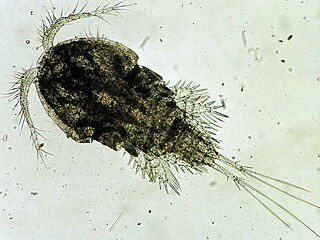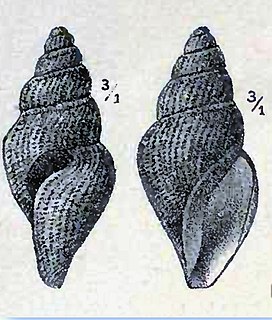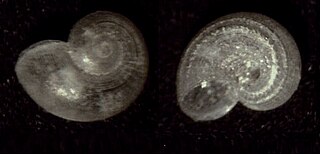| Nymphon leptocheles | |
|---|---|
 | |
| The pycnogonid Nymphon leptocheles grazes on a hydroid Tubularia indivisa whilst a nudibranch Lophodoris danielsseni eats a bryozoan growing on its leg. | |
| Scientific classification | |
| Kingdom: | Animalia |
| Phylum: | Arthropoda |
| Class: | Pycnogonida |
| Order: | Pantopoda |
| Family: | Nymphonidae |
| Genus: | Nymphon |
| Species: | N. leptocheles |
| Binomial name | |
| Nymphon leptocheles Sars, 1888 [1] | |
Nymphon leptocheles is a species of sea spider first described by Georg Ossian Sars in 1888. [1] [2] The species greatly resembles other members of the genus Nymphon , and species identification from morphological traits alone is therefore a complex task. [3]
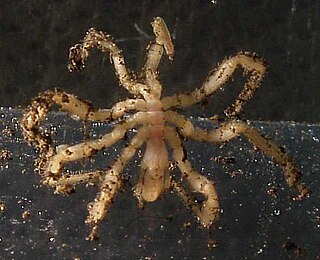
Sea spiders, also called Pantopoda or pycnogonids, are marine arthropods of class Pycnogonida. They are cosmopolitan, found in oceans around the world. There are over 1300 known species, with a leg span ranging from 1 mm (0.04 in) to over 70 cm (2.3 ft). Most are toward the smaller end of this range in relatively shallow depths; however, they can grow to be quite large in Antarctic and deep waters.

Prof Georg Ossian Sars HFRSE was a Norwegian marine and freshwater biologist.
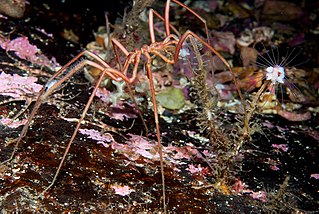
Nymphon is a genus of sea spiders in the family Nymphonidae.


